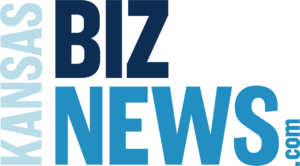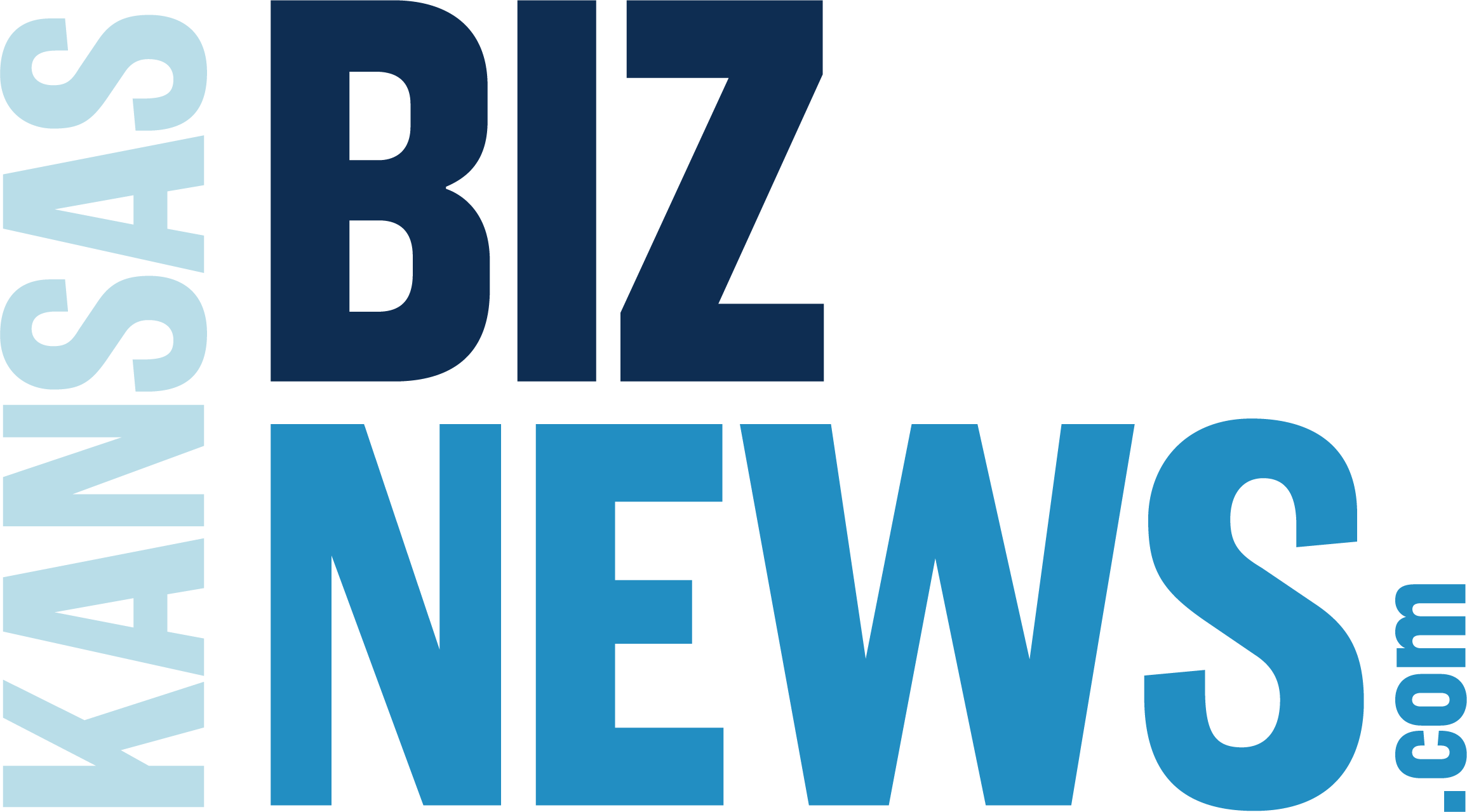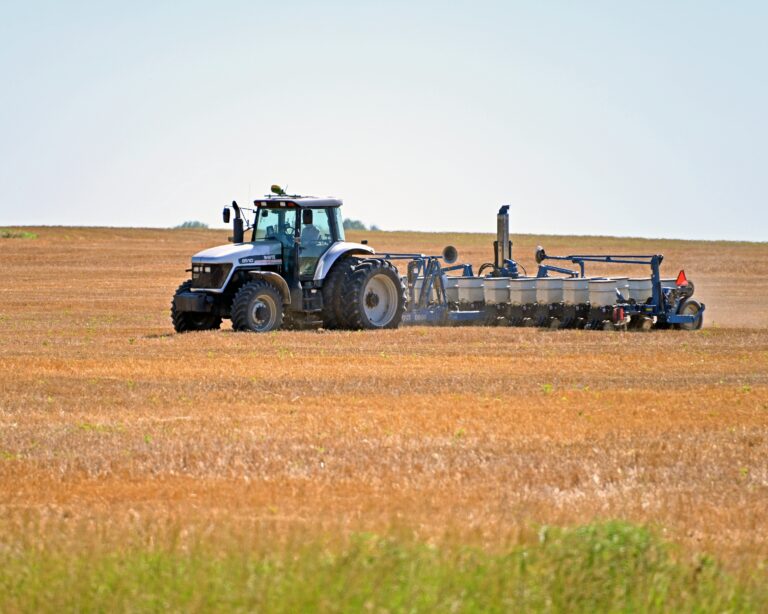A recent survey of rural bankers found the Kansas farm economy continues to shrink despite some positive movements.

The Kansas Rural Mainstreet Index for July shrank to 34.4 from 34.6 in June, while farmland price index, hiring index, and export of agriculture goods and livestock increased.
“Weak agriculture commodity prices, sinking agriculture equipment sales, and declining farm exports pushed the overall reading below growth neutral for the 11th straight month,” Ernie Goss, PhD, Jack A. MacAllister Chair in Regional Economics at Creighton University, said.
A score of 50 is considered growth neutral, while anything below 50 is considered contraction. The index ranges between 0 and 100, with a reading above 50.0 representing growth. The scores are compiled from surveys of bankers in rural areas of a 10-state region that includes Kansas.
Kansas Individual Indicators
The state’s farmland price index increased to 49.1 in July from 47.1 in June. According to trade data from the International Trade Association, exports of agricultural goods and livestock for 2024 year-to-date were up nearly $1 million from the same period in 2023.
Kansas is one of five states in the study that saw an increase in agricultural goods and livestock.
The new hiring index for Kansas rose to 46.3 in July from 44.3 in June. All states except Nebraska, Minnesota, and Colorado saw an increase to their respective hiring index.
Regional Numbers
For the 11th straight month, the overall Regional Rural Mainstreet Index registered below growth neutral; the overall reading for July fell to 41.3 from 41.7 in June.
Four of the 10 states included in the data experienced a fall in the Rural Mainstreet Index [RMI] from June to July, which includes Colorado, Kansas, Missouri, Nebraska, and North Dakota. Colorado saw the largest decrease of 4.4 while Iowa saw the largest increase of 1.5.
Regional Home and Retail Sales
Home and retail sales significantly dropped below growth neutral, where regional homes fell to 33.3 in July from 62.5 in June. The retail sales index for July fell to 39.1 compared to 41.3 in June.
“High consumer debt, elevated interest rates, and weaker farm income are cutting into retail sales for the Rural Mainstreet Economy,” Goss said.
Regional Farm Equipment Sales and Land Price
Farmland rose above the threshold for the first time in three months to 52.2 in July from 49.9 in June.
“Only 8.7% of bank CEOs reported that farmland prices expanded from June levels,” Goss said.
Regional exports of agriculture goods and livestock for 2024 year-to-date were down $198 million, or 3.6%, from the same period in 2023, according to trade data from the International Trade Association.
Bankers were asked to project farmland prices for the next year. “On average, bankers expect farmland prices to drop by 3.4% over the next 12 months,” said Goss.
Farming and equipment sales also dropped in July to 19.0 from 31.8 in June, which is the lowest that farming and equipment sales have seen in more than seven years.
“This is the 12th straight month that the index has fallen below growth neutral. Higher borrowing costs, tighter credit conditions, and weak grain prices are having a negative impact on the purchases of farm equipment,” Goss said.
Next month’s Rural Mainstreet Index is set to be released in mid-August.



